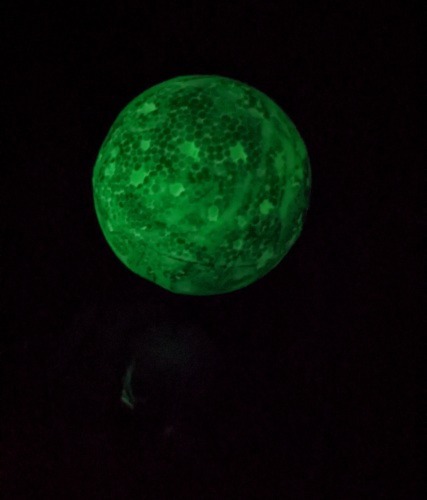Kristen Antosh, blogger at www.momgineeringthefuture.com
Engineering is a very broad field with so many possibilities! Engineers are needed in almost every industry across the world. They are professional problem solvers. They collect, read and analyze data in order to solve problems with the use of math, science and technology. The solutions that engineers produce could result in creating 1) a brand new product, 2) a new way to make a product or 3) a way to make products safer, have better quality, or be more cost effective.
One kind of engineer is called a “process engineer.” Process engineers are experts in creating and managing processes to make new materials, products, or sources of energy. A process engineer will design, run, test and upgrade systems and processes in many different industries. Process engineers have backgrounds in many different career disciplines. For example, process engineers with a chemical engineering background might create and manage processes to separate oil into different byproducts. Computer engineers might develop, maintain and operate software. Mechanical engineers might develop, maintain and operate systems and machines to make automobiles or other items. Nuclear engineers might develop, operate and maintain systems in a nuclear power plant. Process engineering is far-reaching and the opportunities are endless!
Here is a fun experiment to challenge your little process engineer at home!
Learning Goal:
- Children will learn to use critical thinking and problem-solving techniques to separate materials in a mixture using only the tools provided to them.
- Children will learn how properties of materials, their size, weight, and density, influence the methods they use to separate the mixture.

Materials Needed:
1 cup sand
1 handful nuts/bolts
1 handful pebbles
1 handful plastic beads (we used fuse beads to make a heart craft at the end)
1 resealable baggie or container
Tools Needed:
Sifter
Strong magnet
Straw
Bowl of water
Brush
Tweezers
Small net or slotted spoon
Activity:
1. Place all the materials into the baggie or container and mix them together.
2. Ask your child to separate all the materials inside the container without using his or her hands and only using the tools available.
3. Reinforce to your child that the goal is to separate all the materials with the least amount of work and time involved – this includes work required to clean up any messes.

Here are some ideas on how your child can use the tools provided to separate the materials:
1. Try separating the materials that have magnetic properties with the magnet provided.
2. Try using the sifter to separate out the smaller materials, like the sand, from the larger materials.
3. Lay the materials out in a container, tray, or box and try using the straw to blow the materials that weigh less away from the materials that weigh more.
4. After the sand is removed, try dropping the remaining pieces in water to separate the pieces by their density. Some materials will float and others will sink.


If you used fuse beads, after they are separated and dried, you can use them to make a fun art craft like our heart.

Be creative and choose any and all types of materials for your experiments at home. Think about the seasons of the year when choosing materials or choose items that are similar to what they may be learning in school. But most of all have fun and stay curious!
Kristen is an engineer by trade, a writer by love and a wife and mother by fate. She graduated from the University of Cincinnati with a bachelor of science in materials science and engineering. She held engineering positions in both the automotive and medical industries before taking a break from her career to be a stay-at-home mother. She has lived in Northeast Ohio since 2013. Because of her engineering background and love for writing, she founded her blog, Momgineering the Future, to help parents and educators expose children to a wide variety of science, technology, engineering, art, and math (STEAM) activities and programs. She also is a freelance writer who often writes for Great Lakes Science Center and Northeast Ohio Parent Magazine. Besides being a STEAM advocate and writing, she loves gardening, baking, history, and spending time with her family.






